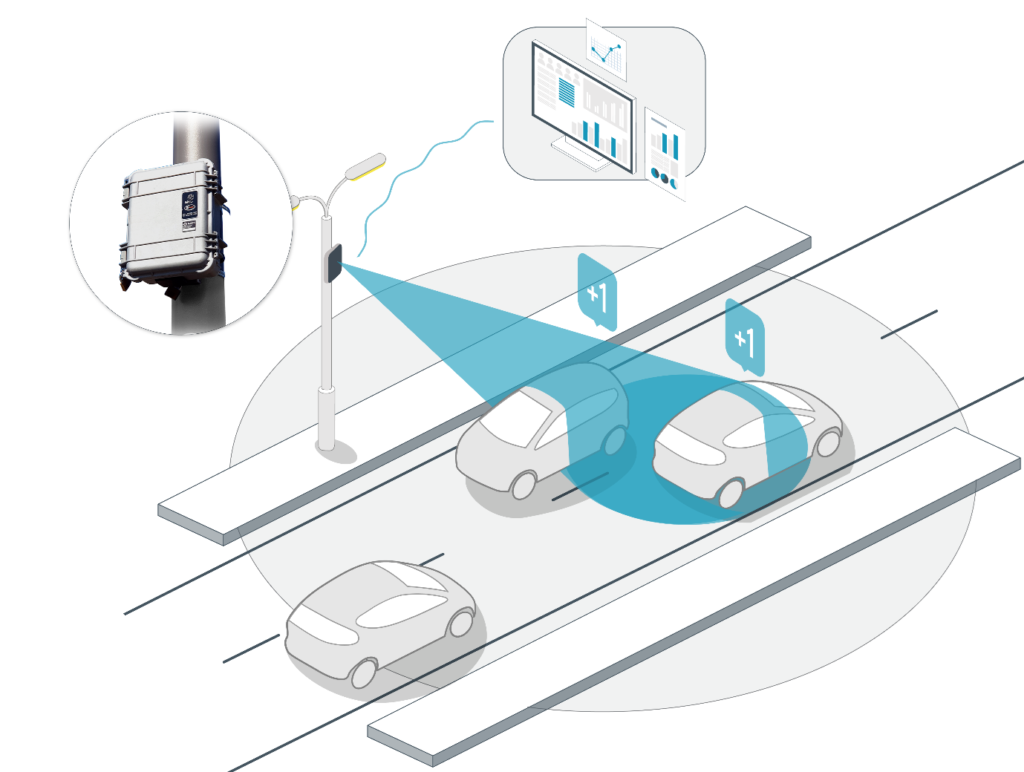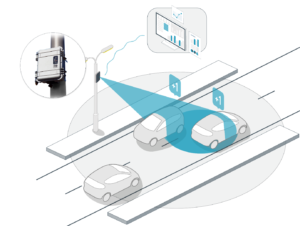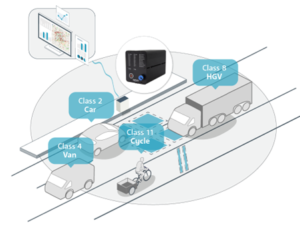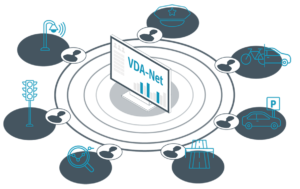Vision Zero
Vision Zero is a multi-national road traffic safety project that aims to achieve a highway system with no fatalities or serious injuries involving road traffic. It started in Sweden in October 1997.
Vision Zero is based on an underlying ethical principle that “it can never be ethically acceptable that people are killed or seriously injured when moving within the road transport system.” In most road transport systems, road users bear complete responsibility for safety. Vision Zero changes this relationship by emphasizing that responsibility is shared by transportation system designers and road users.
To effectively deliver ‘safe and healthy mobility for all’ we must utilise design-led solutions to create a Safe System Approach to achieve zero road deaths and serious injuries. Plus acknowledge the need for active travel to improve quality of life and health, with direct links to reducing health damaging air pollution and reducing carbon emissions in line with national climate change targets.
Counties all over the UK are enforcing Vision Zero Road Safety strategies many are a collaboration between several organisations to form a Partnership Board comprising a range of experts.
The Safe System requires a systematic, multi-disciplinary and multi-sectoral approach to address the safety needs of all users. It requires a proactive strategy which places road safety in the centre of road traffic system planning, design, operation and use. There are five components for action:
- Safe speeds – Ensuring safe speeds within the system involves a need for appropriate and credible speed limits to be set which are suitable for the desired function of the road ensuring safety and encouraging compliance. Safety cameras & average speed cameras operations has proven to significantly reduce the number of fatal & serious collisions in the vicinity of fixed camera sites.
- Safe roads – Data analysis plays an important role in the Safe Roads workstream which together with cluster analysis and route analysis informs investment in road schemes and remedial measures.
- Safe vehicles – Safe Vehicles are closely interrelated with other elements of the Safe System, and it is about providing information on selecting vehicles and influencing internal and external partners on the safest possible vehicles and equipment available and used on the local network.
- Safe road users – people are vulnerable, and people make mistakes. The vulnerability of human beings cannot be changed, although vehicles and road environments can be improved to protect human beings and reduce levels of vulnerability.
- Post-collision response – post-collision care is an integral part of the Safe System, with survivability and the impact of a collision on a person’s future way of life linked to the physical and psychological support received in the aftermath of a collision.
Data collected by TagMaster’s traffic monitoring solutions can provide evidence and be used by Vision Zero partnerships to support informed decisions and actions for road safety improvements.
Safe & Efficient Data Collection
The rapidly deployable TrafficRadar provides safe and efficient data capture of volume; speed and length classification – captured down to individual target level:
- Lane designation
- Direction of travel & reverse vehicle flags
- Speed
- Length classification
- Gap between targets
- No requirement to work in live carriageways
Extend the value of existing data sets
The majority of local authorities capture road traffic data on a permanent basis to understand network flow, capacity & growth, fleet composition, emissions and active travel uptake for planning & management purposes. TagMaster’s ‘Compact PLUS’ delivers data capture specifically aimed at the traditional count/classify requirements.
The monitoring capabilities of these permanent monitoring sites extends beyond the capabilities of the rapidly deployable TrafficRadar to give even further transport insights. Vehicle by Vehicle speed, flow, gap, direction of travel and chassis-based classification data is captured and available to analyse to the same depths as the TrafficRadar data and complemented with the addition of the following data specifiers.
- Chassis Classification
- Bicycle Speed/Classification
Making this data available to access for road safety studies is not only simple, but vital for increasing efficiencies and accelerating the Vision Zero goal.
High Granularity Data Insights
The TrafficRadar can provide a number of high granularity data insights such as:
- Speed vs. Vehicle classification
- Educational vs. Enforcement Speed Violations
- Unsafe Gap vs. High Speed
- Lane Discipline vs. Peak Traffic Flows
Unlock Transport Data
Consolidating data from Police Forces, Local Authorities and Highways Agencies can be easily achieved with systems such as VDA-Net.
Complete admin control can be granted for data sets to be accessed by an unlimited number of users for their own use cases.
Collected data often has value beyond its initial purpose, for example:
- A planning application study could also be used for a road safety study or post incident report.
- In return, a road safety audit could be used to understand HGV route violations or support infrastructure improvement decisions.
Stop All Fatal & Serious Collisions
All transport data can help to reduce deaths and serious injuries on our roads. Make sure the right people can access this data.
- Help to unlock efficiencies
- Collaborate with partners
- Support the Vision Zero initiative





